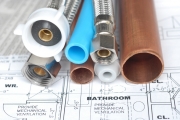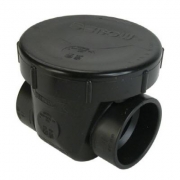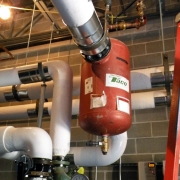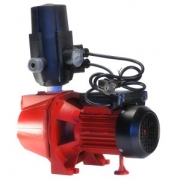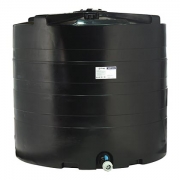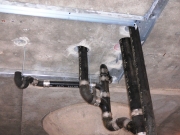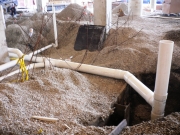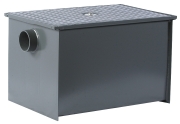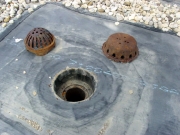Domestic Water Piping
Domestic water piping supplies water to the water heater and to all fixtures within a building. Common domestic water piping materials include copper, CPVC, and PEX tubing (cross-linked polymers). ABS plastic piping, galvanized steel, and black iron pipe were previously used in domestic water piping applications but are not currently approved under the 2009 International Building Code (IBC).

